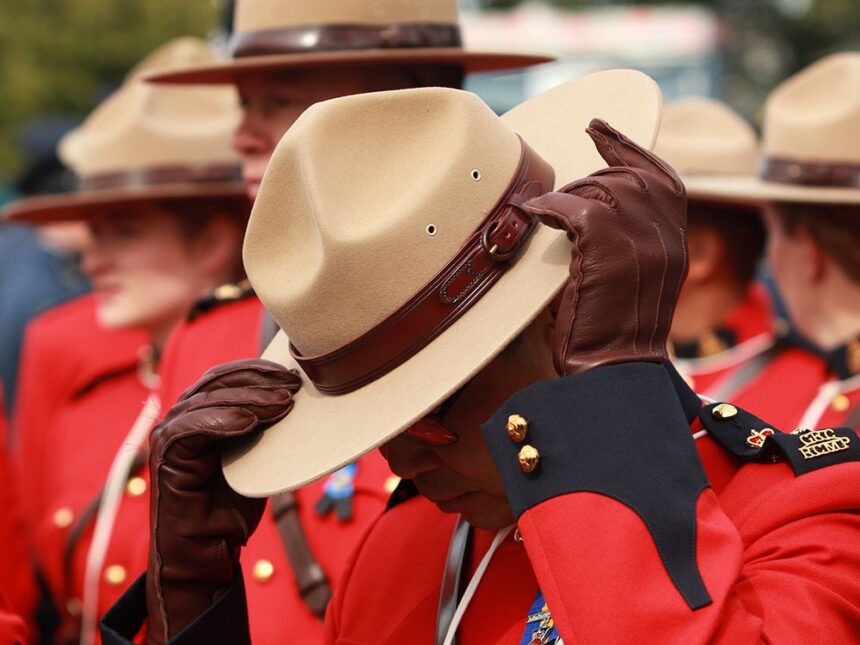In a revelation that might surprise many Canadians, the iconic Stetson hat—perhaps the most recognizable symbol of the Royal Canadian Mounted Police—is not manufactured on Canadian soil but comes from across the border. The distinctive wide-brimmed headgear that has become synonymous with Canada’s federal police force has been produced by American hands for generations, highlighting an unexpected cross-border relationship in one of our most cherished national symbols.
The relationship between the RCMP and American hatmakers dates back to the force’s earliest days. When the North-West Mounted Police (which later became the RCMP) was established in 1873, they needed practical headwear for officers patrolling Canada’s vast western territories. They turned to John B. Stetson’s company, which had already earned a reputation for crafting durable, high-quality wide-brimmed hats that could withstand harsh weather conditions.
“The RCMP Stetson represents more than just a uniform component—it’s a cultural touchstone,” explains Dr. Robert Mackenzie, historian and author of several books on Canadian police history. “Most Canadians would be surprised to learn these hats come from American manufacturing facilities, but it speaks to the long-standing trade relationships between our countries.”
Current production takes place at the Stetson factory in Garland, Texas, where skilled craftspeople follow a precise manufacturing process that hasn’t changed significantly in decades. Each hat requires nearly 40 separate steps to complete, from initial forming to the distinctive final shaping that gives the RCMP Stetson its recognizable silhouette.
The RCMP specifies exacting standards for their official headgear. Each hat must be made from high-quality felt derived from rabbit fur, maintain specific dimensions, and meet rigorous quality control measures. The relationship between the Canadian police force and the American manufacturer has endured through significant historical periods, including both World Wars and numerous trade policy changes.
Financially, the arrangement represents a substantial investment. The RCMP spends approximately $700,000 annually on official uniform hats, with each Stetson costing about $300. These expenses have occasionally drawn criticism from budget analysts and those advocating for more domestic procurement policies.
“The situation reflects broader questions about government procurement and national identity,” notes Catherine Wilson, professor of public policy at the University of Toronto. “There’s often tension between maintaining tradition, ensuring quality, and supporting domestic industries. The RCMP Stetson sits at the intersection of all these considerations.”
Some Canadian manufacturers have occasionally lobbied for the opportunity to produce the iconic headwear domestically, arguing that modern manufacturing techniques would allow them to meet the same quality standards while keeping production in Canada. However, the RCMP has maintained its relationship with Stetson, citing the company’s specialized expertise and consistent quality.
The cross-border nature of this Canadian symbol raises interesting questions about national identity in an increasingly globalized world. While the Mounties themselves represent a distinctly Canadian institution, their most recognizable symbol has American roots—a reminder that national symbols often have complex international histories.
As Canada continues to navigate complex trade relationships with the United States and questions about government procurement policies gain prominence in political discourse, perhaps it’s worth asking: How important is the national origin of our cultural symbols, and what does the American-made RCMP Stetson tell us about the relationship between tradition, quality, and national identity?










